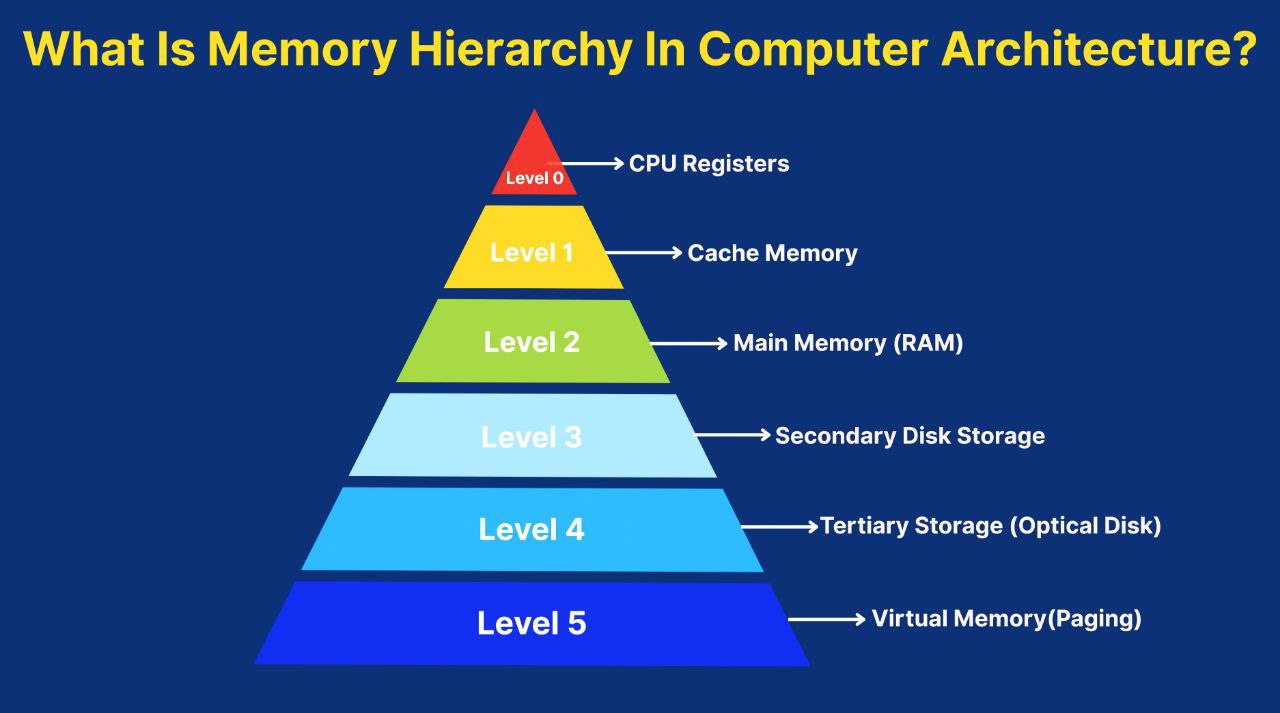Globalization : Non – Proliferation Regimes
Globalization and Non-Proliferation Regimes
Globalization has significantly influenced the structure and implementation of non-proliferation regimes worldwide. Non-proliferation regimes refer to international frameworks, treaties, and agreements that aim to prevent the spread of weapons of mass destruction (WMDs), including nuclear, chemical, and biological weapons. These regimes are crucial in maintaining global security and stability, particularly in an increasingly interconnected world where technology, knowledge, and resources can cross borders with relative ease.
The link between globalization and non-proliferation is multifaceted. On one hand, globalization facilitates the diffusion of knowledge, technology, and resources, which can enhance efforts to curb the spread of WMDs. On the other hand, it presents challenges, as the same advancements can make it easier for rogue states or non-state actors to acquire or develop dangerous weapons.
Key Non-Proliferation Regimes
- The Nuclear Non-Proliferation Treaty (NPT) The NPT, signed in 1968, is the cornerstone of the global nuclear non-proliferation regime. It is designed to prevent the spread of nuclear weapons, promote peaceful use of nuclear energy, and encourage nuclear disarmament. The NPT has three main pillars:
- Non-proliferation: Countries that do not possess nuclear weapons agree not to acquire them.
- Disarmament: Nuclear-armed states commit to working toward disarmament.
- Peaceful use of nuclear technology: States have the right to access nuclear technology for civilian purposes, under safeguards to ensure it is not used for weapons development.
- The Chemical Weapons Convention (CWC) The CWC, which came into effect in 1997, is a global treaty that outlaws the production, stockpiling, and use of chemical weapons. It is enforced by the Organization for the Prohibition of Chemical Weapons (OPCW), which monitors compliance and facilitates the destruction of existing chemical weapon stockpiles.Impact of Globalization: As chemical industries are global, the CWC faces the challenge of monitoring thousands of facilities worldwide. Advances in technology and industrial processes mean that certain chemicals, which have legitimate civilian applications, could also be used to manufacture weapons. Thus, the CWC must strike a balance between allowing the free flow of chemicals for peaceful purposes and preventing their misuse.
- The Biological Weapons Convention (BWC) Signed in 1972, the BWC prohibits the development, production, and stockpiling of biological and toxin weapons. However, unlike the CWC, the BWC lacks a formal verification mechanism, relying instead on voluntary declarations and confidence-building measures.Impact of Globalization: Biotechnology and life sciences have advanced rapidly due to globalization, providing tremendous benefits in healthcare, agriculture, and research. However, these same technologies could be exploited to develop biological weapons. The rise of bioengineering and synthetic biology presents challenges for the BWC, which must adapt to new technologies and ensure that global scientific cooperation is not undermined by the risk of bioterrorism.
- Missile Technology Control Regime (MTCR) The MTCR is an informal political understanding among 35 member states to limit the proliferation of missile and drone technologies capable of carrying WMDs. Although not a treaty, it aims to prevent the transfer of missile systems that could enable the delivery of nuclear, biological, or chemical weapons.Impact of Globalization: The global trade in military technologies, combined with the rise of unmanned aerial vehicles (UAVs) or drones, poses significant proliferation risks. The MTCR works to limit access to missile technology while ensuring that legitimate space and aviation industries are not hindered.
Challenges Posed by Globalization
- Dual-Use Technologies: A major challenge for non-proliferation regimes is the issue of dual-use technologies—technologies that have both civilian and military applications. Advances in nuclear, chemical, and biological sciences for peaceful purposes, such as energy production, medicine, or agriculture, can also be used to create weapons of mass destruction. As globalization accelerates the spread of these technologies, effective control mechanisms become critical.
- Non-State Actors: The rise of global terrorist organizations and non-state actors is another significant challenge. In an era of globalization, these actors can access information, technology, and resources more easily. Non-state actors, particularly terrorist groups, may seek to acquire WMDs, further complicating the enforcement of non-proliferation regimes. The internet and the dark web offer platforms for illegal trade in technologies and materials.
- International Cooperation and Governance: The success of non-proliferation regimes relies heavily on international cooperation. Globalization fosters collaboration between countries through organizations like the United Nations, the IAEA, and the OPCW. However, differing national interests, regional rivalries, and power dynamics often create obstacles. Countries like North Korea and Iran pose significant challenges due to their nuclear ambitions.
Conclusion
Globalization has a dual impact on non-proliferation regimes. While it enhances international collaboration and technological advancements, it also introduces risks associated with the spread of sensitive technologies and the rise of non-state actors. Strengthening global governance, enhancing verification mechanisms, and fostering international cooperation are crucial in addressing the challenges posed by globalization to ensure a safer and more secure world.
Share this content:



Leave a Reply